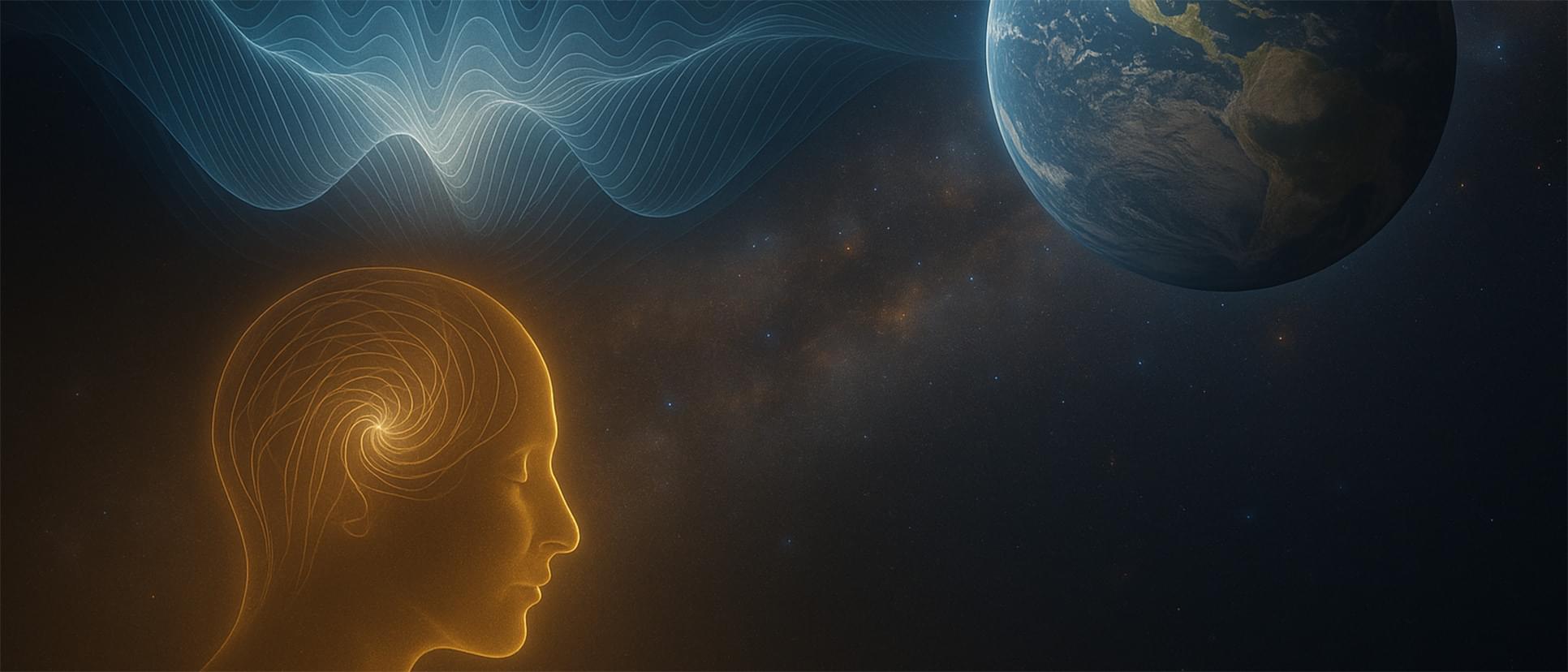How do planetary systems form and evolve? This is what a new and groundbreaking laboratory at the Southwest Research Institute (SwRI) hopes to address as s | Space
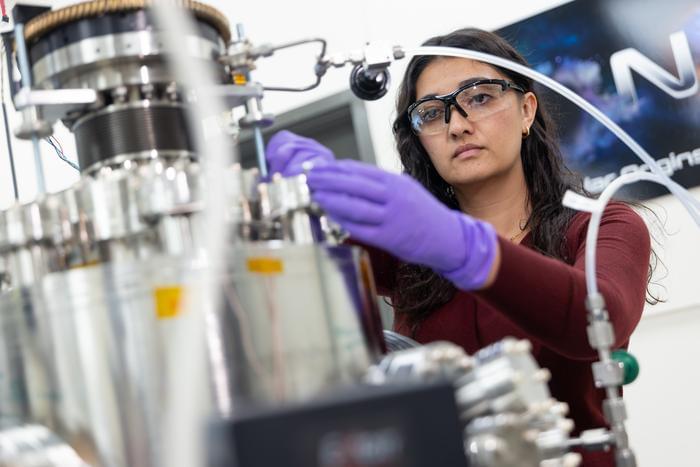

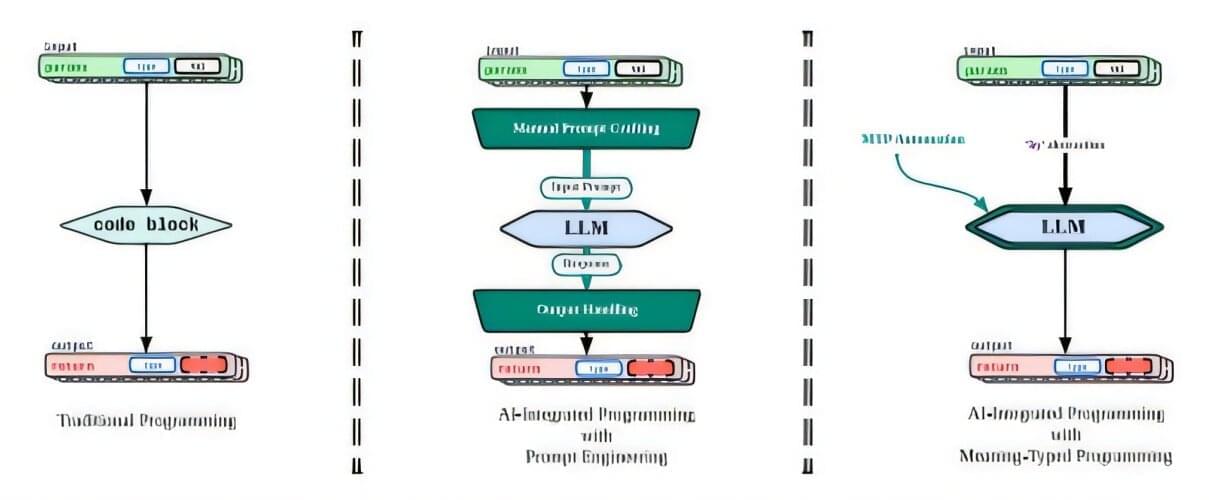
Developers can now integrate large language models directly into their existing software using a single line of code, with no manual prompt engineering required. The open-source framework, known as byLLM, automatically generates context-aware prompts based on the meaning and structure of the program, helping developers avoid hand-crafting detailed prompts, according to a conference paper presented at the SPLASH conference in Singapore in October 2025 and published in the Proceedings of the ACM on Programming Languages.
“This work was motivated by watching developers spend an enormous amount of time and effort trying to integrate AI models into applications,” said Jason Mars, an associate professor of computer science and engineering at U-M and co-corresponding author of the study.

Using NASA’s Kepler space telescope, Chinese astronomers have observed a binary star system known as KIC 5623923. As a result, they found that the investigated system is a faint eclipsing binary experiencing Delta Scuti-type pulsations. The new findings were published Nov. 24 on the arXiv pre-print server.
Delta Scuti stars are pulsating variables with spectral types between A and F, named after the Delta Scuti variable in the constellation Scutum. They exhibit radial and non-radial pulsations spanning periods from 20 minutes to eight hours. Studying pulsation behavior of Delta Scuti variables could help us advance our knowledge about stellar interiors.
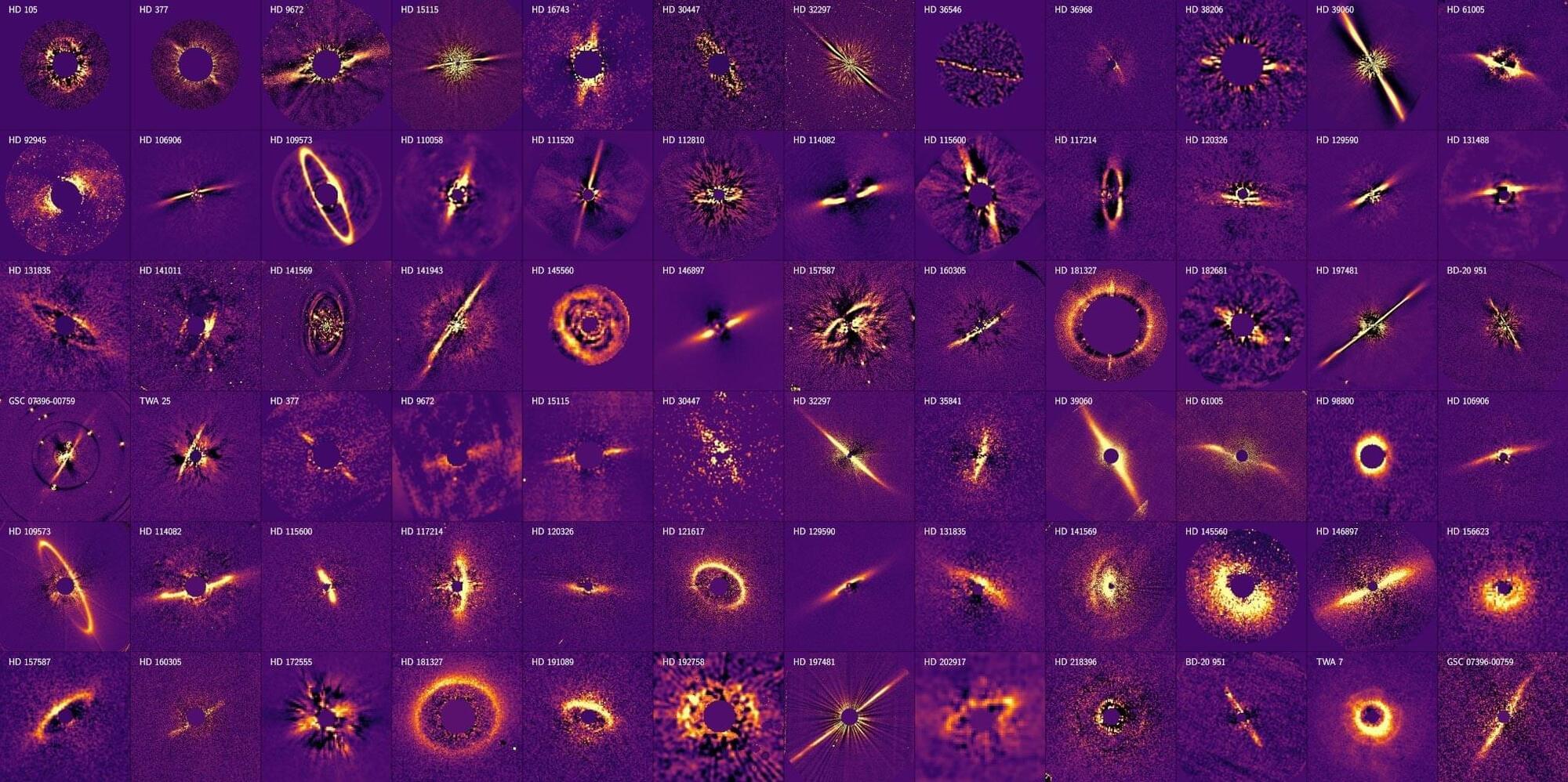
Second Variety audiobook.
by Philip K. Dick (1928 — 1982)
First published in Space Science Fiction May 1953. “The claws were bad enough in the first place—nasty, crawling little death-robots. But when they began to imitate their creators, it was time for the human race to make peace—if it could!” When future war becomes so horrific that humans turn to machines and computers to design ways to kill each other strange things may happen. And do in this classic Philip K. Dick story!(summary from the story blurb and Phil Chenevert)

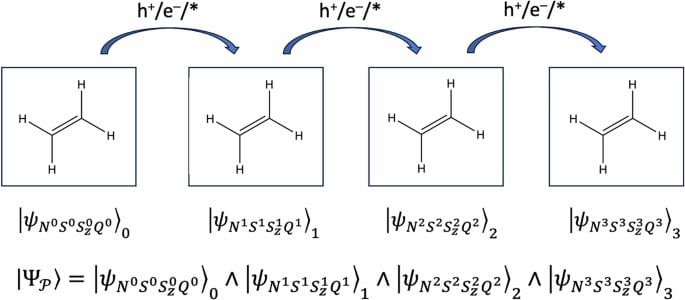
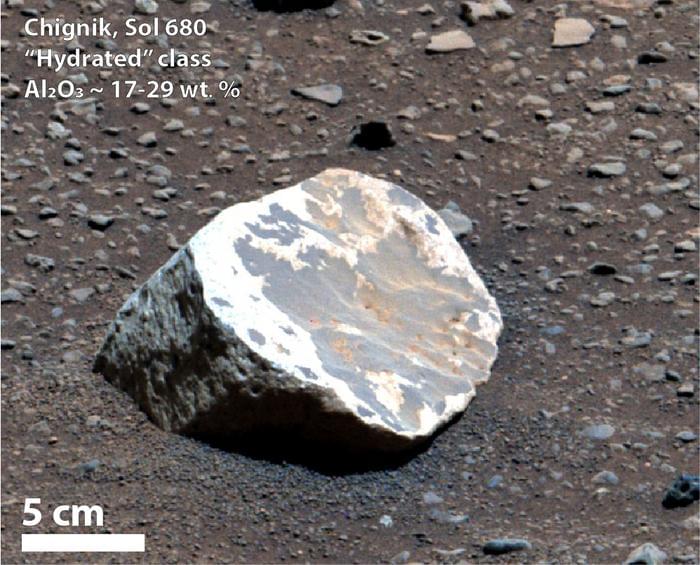
Dr. Briony Horgan: “You need so much water that we think these could be evidence of an ancient warmer and wetter climate where there was rain falling for millions of years.”
What was Mars like billions of years ago? This is what a recent study published in Communications Earth & Environment hopes to address as an international team of scientists investigated intriguing evidence from the surface of Mars that could indicate heavy water activity existed long ago. This study has the potential to help scientists better understand ancient conditions on Mars and whether they were favorable for supporting life as we know it.
For the study, the researchers examined aluminum-rich rock fragments that were discovered by NASA’s Perseverance rover within Jezero Crater on Mars, and specifically the processes how they formed. This is because aluminum-rich clay minerals on Earth often form from heavy rainfall or other water-driven activities. Using the rover’s SuperCam and Mastcam-Z instruments, the researchers discovered the fragments—which were composed of aluminum and titanium with depleted traces of iron and magnesium—likely were analogs for heavy rainfall on Earth under greenhouse conditions. Therefore, the researchers concluded they potentially formed under intense wet conditions on Mars.
A rare satellite view captured a major Pacific tsunami in unprecedented detail, revealing wave behaviors scientists did not expect. A satellite designed to track the height of the ocean’s surface proved its capabilities when a powerful earthquake struck off the Kamchatka Peninsula in late July, s
